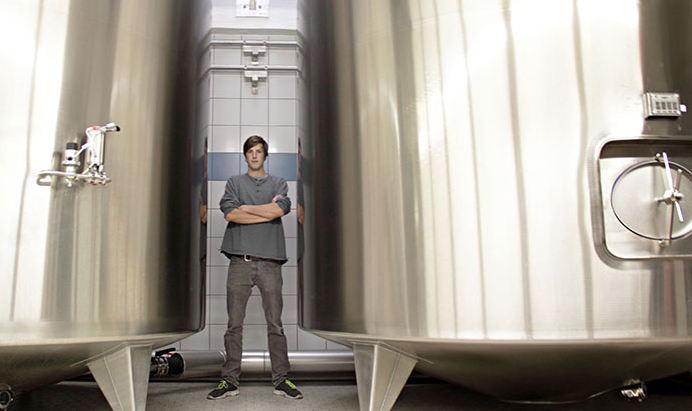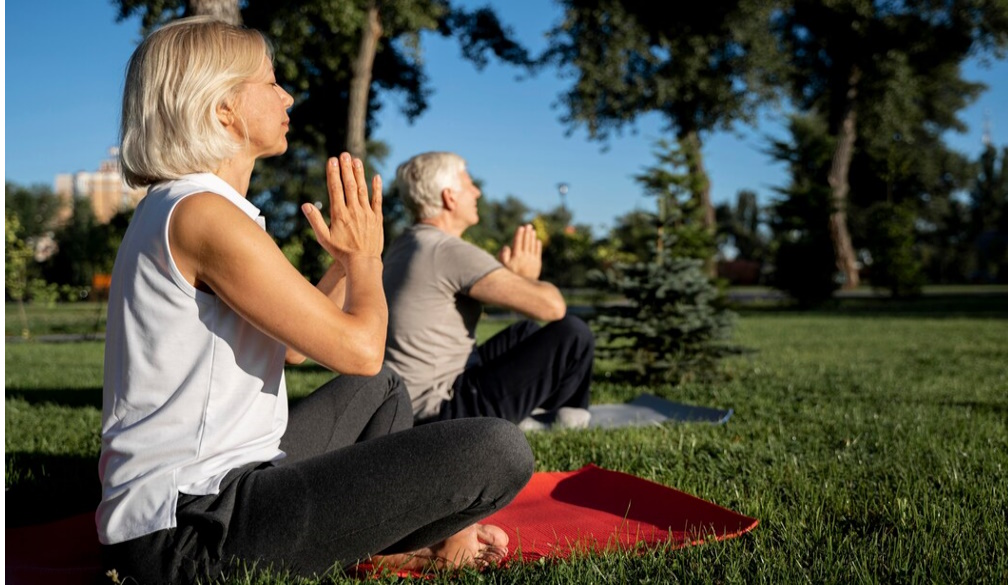From maxing out to slowing down, how much do heart rates vary across sports?
- Written by Theresa Larkin, Associate professor of Medical Sciences, University of Wollongong
A classic image of the Olympics and Paralympics is an athlete at the end of a race struggling for breath, their heart obviously racing.
But at the other end of the scale are athletes such as archers and shooters, who need to slow their heart rates down as much as possible.
Athletes in speed and endurance events regularly push their heart rate to the maximum. But these athletes usually have low heart rates at rest.
What causes our heart rates and respiratory (breathing) rates to change so much, and is this healthy?
When heart rates and respiratory rates rise
If you are still and calm as you read this, your heart is probably beating 60–100 times per minute and you are likely breathing 12–20 times per minute.
These are the normal ranges for a resting adult.
During physical activity when muscles are contracting, the muscles need more oxygen to provide them with energy to work.
To deliver this extra oxygen (carried in our blood), our heart pumps blood faster. In other words, our heart rate increases.
We also breathe faster to get more oxygen into our lungs to be delivered to the exercising muscles.
Your resting heart rate can tell you plenty about your health and fitness.How fast can our heart rate get during exercise?
Aerobic means “with oxygen”. In aerobic exercise (“cardio”) you use large muscles repetitively and rhythmically. For example, walking, running, cycling, swimming and rowing.
Muscles that are contracting during aerobic exercise use a lot of energy and need ten times more oxygen than at rest.
High intensity aerobic events that involve large muscles or the entire body cause the highest heart rates.
An estimate of maximum heart rate (beats per minute) is 220 minus your age. This equates to 195 beats per minute for a 25-year-old – close to the average age of the Australian Olympic team of 26.5 years.
Athletes competing in Olympic events of endurance or speed will reach their maximum heart rate.
You can usually only maintain maximum heart rate for a few minutes. But in a 2000-metre rowing race, the rowers maintain intense effort at close to maximum heart rate for 6–8 minutes.
This is one of the toughest events for the heart. It’s no wonder rowers often collapse in the boat as they cross the finish line.
Highly trained endurance athletes can have a maximum heart rate higher than expected for their age. Eliud Kipchoge from Kenya is considered the greatest marathon runner of all time. During his world record run in the 2022 Berlin marathon, he ran with a heart rate of around 180 beats per minute for almost the entire race.
How does breathing change with exercise?
Our breathing changes with exercise to increase oxygen uptake from the air.
At low-to-moderate intensity exercise, you start to take deeper breaths. This brings in more air and oxygen with each breath. However, there is a limit to how much the chest can expand.
With higher intensity exercise, respiratory rate increases to increase oxygen intake.
Elite athletes can breathe more than 50 times per minute. This is driven by our diaphragm, the most important muscle of breathing.
Grace Brown, Olympic gold medal cyclist in Paris, breathes close to a maximal oxygen uptake when she is cycling at high intensity.
Some athletes need to slow things down
Archery and shooting athletes perform better with a lower heart rate. They time their shots to be between heart beats when the body is the most still.
This is easier with a slower heart rate, with more time between beats.
Archers consciously lower their heart rate prior to shooting by slowing their breathing.
Other Olympians use breathing techniques to calm pre-race anticipation and high heart rates.
Slowing the breath, especially the exhale, is the best way to lower your heart rate.
Beta-blockers also reduce heart rate, by blocking adrenaline. This is why they are on the prohibited substances list of the World Anti-Doping Agency.
What about resting heart rates?
Athletes often have a low resting heart rate, around 40-50 beats per minute, and slower during sleep.
Some are even lower – five time Tour de France winner Miguel Indurain famously had a resting heart rate of 28 beats per minute.
Legendary US swimmer Michael Phelps is the most successful Olympian of all time – he had a resting heart rate of less than 40 beats per minute.
Regular moderate-to-vigorous intensity aerobic exercise makes the heart stronger and more efficient. A stronger heart pumps more blood per beat, which means it doesn’t need to beat as often.
Exercise also increases vagus nerve activity to the heart and slows down the heart’s pacemaker cells. These both reduce heart rate.
A large review found endurance training and yoga were the best exercises to reduce resting heart rate. But training needs to be maintained to keep resting heart rate low.
When elite athletes reduced their training volume by half during COVID lockdown, their resting heart rate increased.
What does this mean for our health?
A slower resting heart rate is linked to longer life expectancy and reduced death from cardiovascular disease. Indeed, a study of more than 8,000 Olympians from the United States found they lived longer than the general population.
So it is healthy to do activities that increase your heart rate in the short-term, whether as an Olympian or Paralympian competing, or a fan with your heart racing watching a gold medal event.
Authors: Theresa Larkin, Associate professor of Medical Sciences, University of Wollongong

















